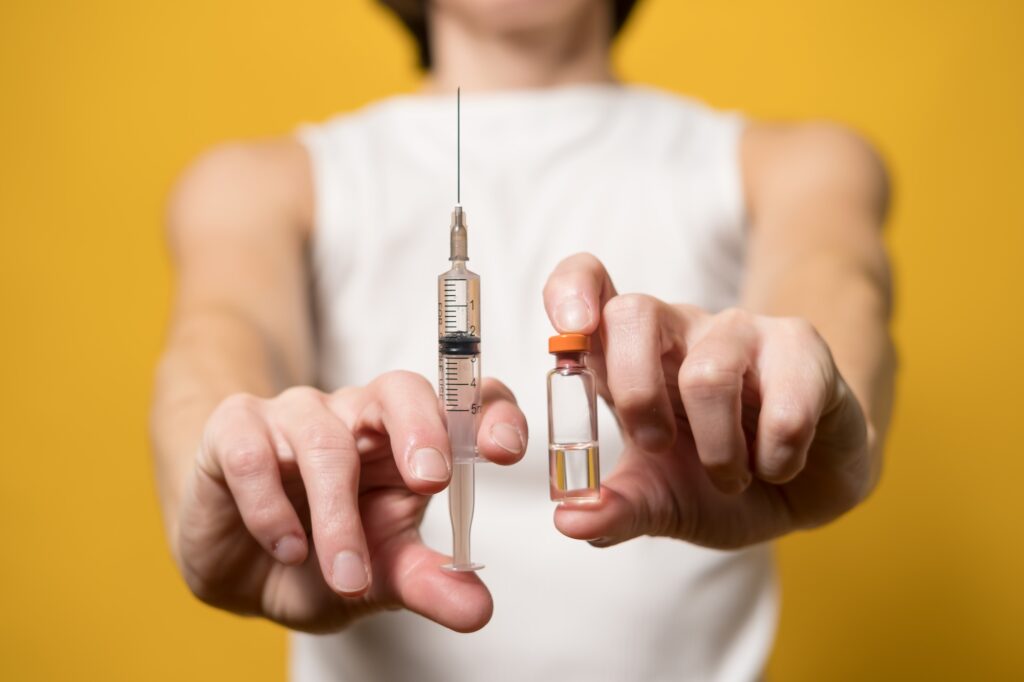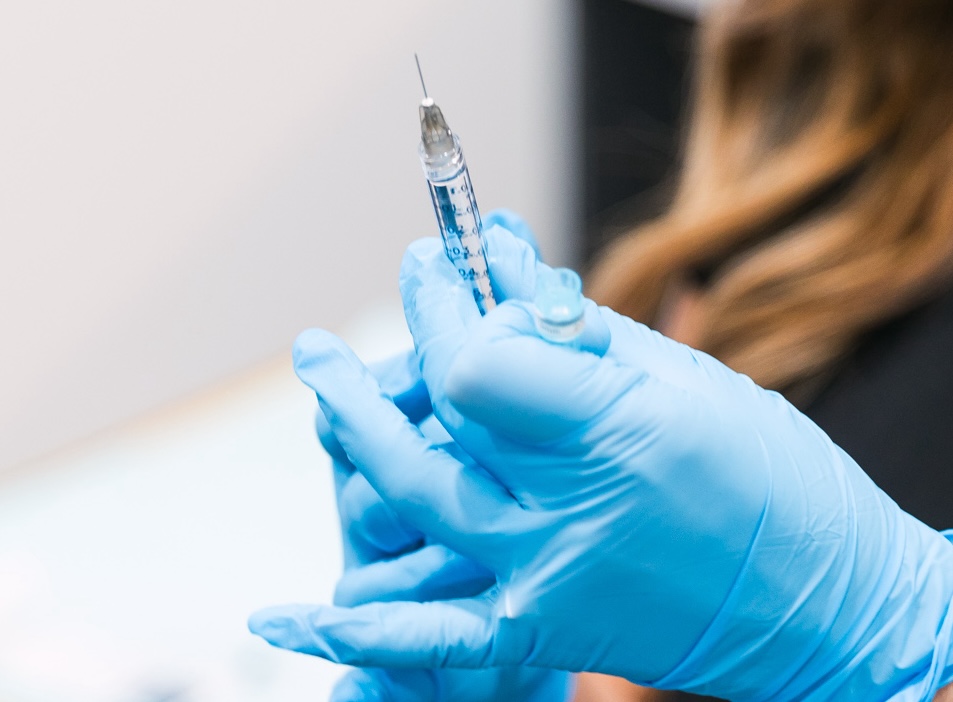
Sweating is a natural function of our bodies, protecting us from overheating. We have anywhere from two to four million sweat glands all over our bodies. Many of these are found in our the soles of our feet, our palms, forehead, cheeks, and armpits. The sweat glands are normally activated by nerves which have been stimulated by body heat, hormones, emotions, or physical activity. However, for those dealing with hyperhidrosis, excessive sweating can be caused by very little or nothing at all.
Understanding Hyperhidrosis
Hyperhidrosis is a serious medical condition. People with this condition can sweat four to five times more than the body requires to cool itself. This type of sweating can be extremely uncomfortable and embarrassing. It can even end up negatively impacting aspects of daily life from relationships and recreational activities to emotional wellbeing and self-esteem. It is estimated that five percent of the world’s population lives with hyperhidrosis. Unfortunately, it often goes undiagnosed. So, how can you tell if you have hyperhidrosis? It is best to consult with your physician, but there are telltale signs you can watch out for.
Symptoms
While there are no exact guidelines to determine how much sweating is normal, those with hyperhidrosis often experience the following excessively:
- Frequent sweating
- Clammy or wet soles of the feet
- Clammy or wet palms of the hands
- Noticeable sweating that soaks through clothing
As a result of these symptoms, those living with hyperhidrosis avoid physical contact like shaking hands or physical activities like dancing for fear of excessive sweating. You may also find yourself showering and changing your clothes more often. The symptoms can cause you to become extremely self-conscious and socially withdrawn, which can negatively impact personal and professional relationships.
Types of Hyperhidrosis
The symptoms may be the same, however, there are two types of hyperhidrosis. Primary Hyperhidrosis is idiopathic. While it may be genetic, it is a malfunction of the sympathetic nervous system with no apparent cause. On the other hand, when a cause can be identified, the condition is known as Secondary Hyperhidrosis. There are various reasons for secondary hyperhidrosis including low blood sugar, an overactive thyroid, menopause, medication side effects, and other medical conditions. It is important to consult with a physician if you are experiencing symptoms of hyperhidrosis. If it is secondary, you may be able to control it by treating the cause. If that doesn’t work or the condition is idiopathic, there is another treatment option.
Botox
Botox does more than just reduce the appearance of fine lines and wrinkles. It can be an effective treatment to reduce or eliminate the symptoms of hyperhidrosis. It works by blocking the nerves that activate your sweat glands when the body overheats. When botox is injected into an area of the body, the nerves in that area are essentially paralyzed and unable to activate the sweat glands. As a result, you won’t sweat in the area that was injected.
Don’t Break a Sweat
If hyperhidrosis has got you sitting on the sidelines instead of doing the things you love or is negatively impacting any aspect of your wellbeing, it might be time to consider Botox treatments. According to the International Hyperhidrosis Society, Botox has been shown to provide an 82-87% decrease in sweating. This decrease is normally noticeable 2 to 4 days after treatment with the full effects evident within 2 weeks. The treatment typically lasts 4 to 12 months.
At Vive Center, we offer Botox injections for hyperhidrosis as well as for cosmetic applications. Schedule a consultation today and Dr.Pinto and his experienced team can help you decide if Botox is the right choice for you.


